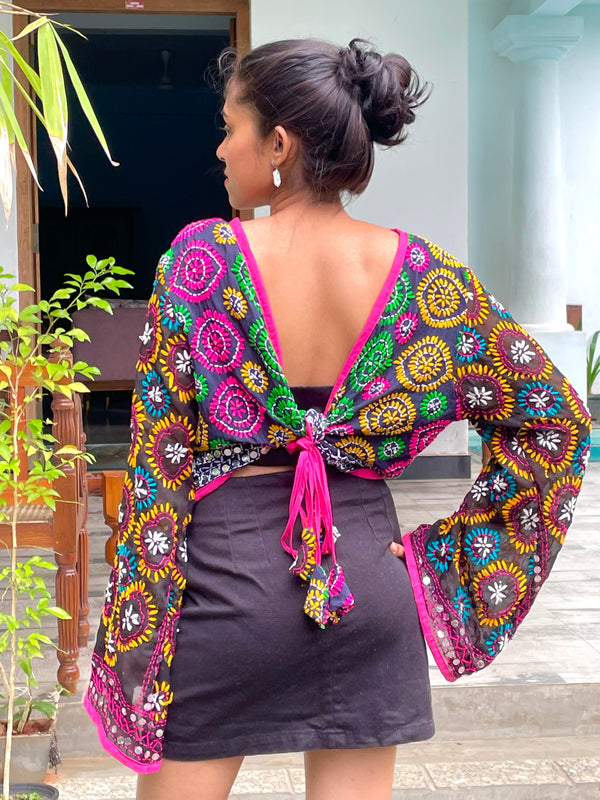THE DIRE Beaded Tribal Authentic Cowrie Belt
Designer: Dire- Hamer Tribe
$ 168.00
THE DIRE Beaded Tribal Authentic Cowrie Belt
Meet Dire, the Hamer Tribe artisan we worked with in South Omo, Ethiopia. (Pictured in third and fourth photos). The belt is an authentic piece of fashion worn by the Hamer tribe women. Made from cow hide and cowrie shells, adorned with glass beads. The piece is an extraordinary treasure. Wear it many different ways, over a dress, jumpsuit or jeans. It ties in the back to fit sizes small- large.
In the winter of 2019 we went on a journey to Ethiopia where we spent time with the tribes in South Omo on the border of Kenya and South Sudan. There, we came across some extraordinary cultures and beautiful people. We were met with an inspiring way of life, simple and authentic.
•Dire is an indigenous woman of the Hamer tribe whom we met during this adventure. She is a mother, an integral part of her community, and an artist of the tribal jewelry they wear. She makes her own designs to sell at the market to trade with other people but we started a partnership with her in collaborating in new and different designs. This piece is inspired by the large body belts made from goat hide that the women wear. It was newly created by Dire with our choice of colors and materials. All beads are made from glass and not plastic, the cowrie shells come from Kenya not too far and the goat hide is part of the natural daily lifestyle of goat herding.
•There are no western tools such as scissors or knives, all the tools Dire uses are made from what she finds in her surroundings. After the goat skin has been treated and dried she cuts it to size and sews cowrie shells by using recycled industrial plastic bag as string.
•Dire lives the simple life, she has her family, access to potable water, freedom from the problems of the outside world and has little to no need for material wealth. However, with our collaborative work she gains a sense of pride for her artistry, she is able to buy more cattle for her family and retain some financial independence for their future.
Learn more about the Hamer tribe below.
The women run the household and submit to the ritual floggings proudly and love to show the deep scars that are regarded as a proof of devotion to their husbands. The Hamer live off the land and have 0 to little material wealth. Cattle and goats are at the heart of the Hamer life. Often families will pool their livestock and labor to herd their cattle together. In the dry season, whole families go to live in grazing camps with their herds, where they survive on milk and meat from the cattle. They provide the cornerstone of a household's livelihood; it's only with cattle and goats to pay as 'bride wealth' that a man can marry after bull jumping of course.

















